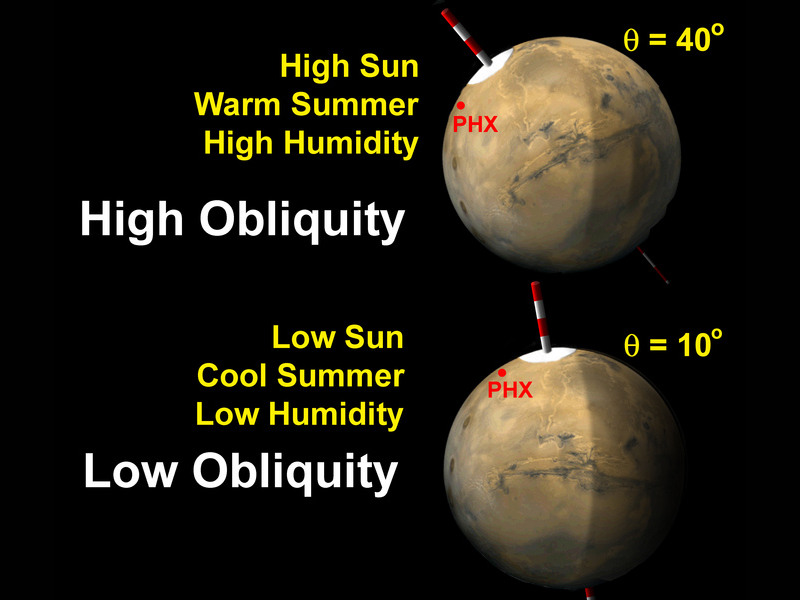An illustration of an ocean planet that could potentially harbour life. Image via Christine Daniloff/MIT
The number of planets that could be hospitable to life just received a boost after scientists came to the conclusion life could exist on a planet with a tilted axis after all.
Astrophysicists have for years gone by the theory that any planet whose obliquity – the angle of its axis relative to its orbit around a star – was on a particularly high scale, such as one whose axis is tilted on its side, was unsuitable to harbour life.
In comparison, Earth has a low obliquity as our planet’s axis is almost perpendicular to the sun which gave rise to science’s current understanding, according to Phys.org.
However, a new paper published by researchers from the Massachusetts Institute of Technology (MIT) now suggests that planets with even the highest obliquity could harbour life as we would understand it, as long as the planet is entirely covered by an ocean.
In their research model, co-authors of the paper, David Ferreira and Sara Seager, created a digital planet similar in size to Earth, entirely covered in water and with an axis at a 90 degrees which would take into account the planet’s atmosphere, ocean, and sea ice, as well as the effects of winds and heat.

An illustration explaining the obliquity of Mars. Image via NASA/JPL/University of Arizona
Planets with oceans as low as 50m hospitable
Tested across planets with ocean depth of between 10m and 3,000m, the results show that from a depth of 50m, planets could absorb enough solar energy during its yearly cycle to support a relatively mild climate.
The new findings still managed to prove the previous theory correct, at least with regard to planets whose ocean is at a depth of just 10m as the six months that each pole would spend in its star’s shadow would send it into a deep freeze and become an ice planet.
However, arren Williams, a professor of physics and astronomy at Pennsylvania State University in the US says the researchers’ findings only affect a minute percentage of possible planets, “There are one or two terrestrial-sized exoplanets out of a thousand that appear to have densities comparable to water, so the probability of an all-water planet is at least 0.1pc.
“The upshot of all this is that exoplanets at high obliquity are not necessarily devoid of life, and are therefore just as interesting and important to the astrobiology community.”